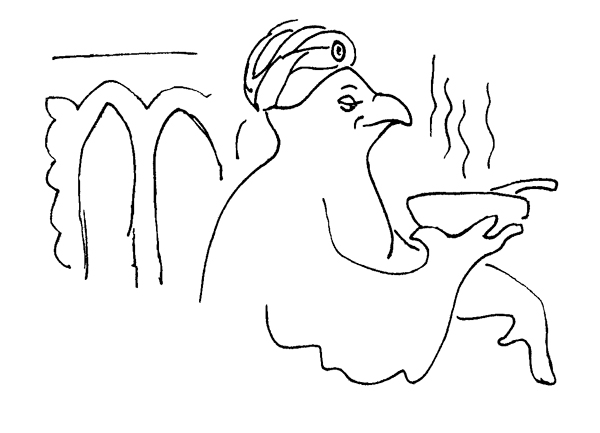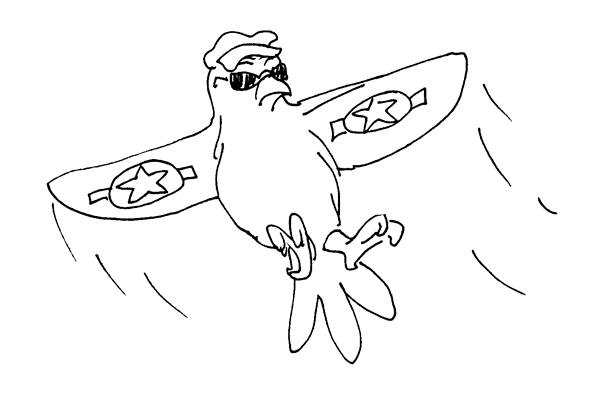Excerpts
|
But perhaps even more demonstrative of versatility is its use by itself, simply as an ejaculation (in the verbal sense). So it can express
Anger " !" Surprise " !" Delight " !" Awe... Disappointment... Fear... Contempt... Exasperation " !" (We may note in passing that " ?" has other connotations entirely, connotations which, not to put too fine a point on it, verge on the improper.) |
Origins of The Word are obscure and controversial. It first shows up around the year 1500. At that point The Word was present, highly taboo, rarely seen in print, and referring exclusively to a specific physical act. Not being in print was academic because few people could have read it. Then came World War II and its virtual explosion. All the uses of The Word in fashion today are extrapolations of principles laid down during that golden linguistic decade.
Today several compendiums of citations of specific usages in literature exist, but they make no attempt to keep pace with the nuance and breadth of verbal currency. And today we face a real problem: The Word is being misused to an appalling degree. We acknowledge with all humility that our research is neither comprehensive nor our statements more than personal observation and opinion. |
|
Consider Admiral Farragut’s legendary battle cry at the Battle of Mobile Bay when, warned of torpedoes in the harbor, he declaimed, “Damn the torpedoes—full speed ahead!”
Now were he to have said, “ the torpedoes—full speed ahead!” it’s hard to see any improvement. In fact, it may seem to treat the torpedoes as sort of an annoyance, diminishing their lethal capacities. But how’s this for a call to battle and a disdain for the enemy and his weapons: “Damn the ing torpedoes! Full speed ahead!!!” Nuance. Always. |



